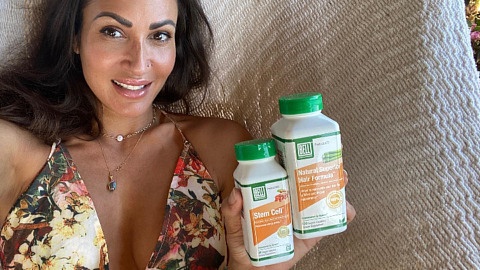These ones are going to be applicable and easy to follow. It’s no secret that we are experiencing one of the more stressful times globally, that most of us...
About the Author
Rob Grand
Rob Grand is a leading advocate, spokesperson, and educator on green lifestyle products and issues. Rob has appeared in every major print, radio, and television media outlet in Canada including CBC, the Globe & Mail, and Canadian House & Home. He has also served as a Director of over a dozen environmental non-profit organizations and is the Founder and Director at GrassrootsStore.com.
Twitter: @GrasssrootsStore
Facebook: GrassrootsEnvironmentalProducts
LinkedIn: Rob Grand




